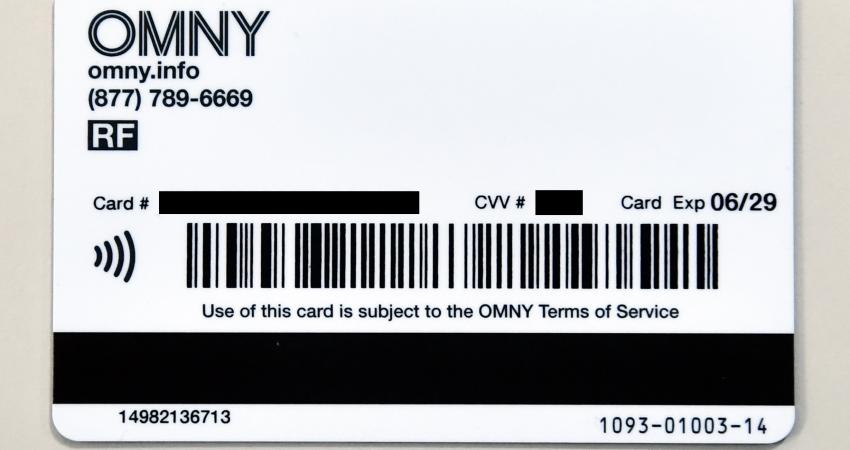
While educating road users on road safety remains critical, technology application can also allow cities to better respond to traffic flow and allow the proper amount of green time for cyclists and pedestrians. By harnessing the power of data analytics and machine learning, new technologies including Cubic’s Gridsmart system are helping cities around the world to adapt.
Gridsmart, a complete omnidirectional-imaging, real-time computer vision product, works with traffic controllers to actuate intersections for cars, bikes, and pedestrians to help improve safety. Cubic’s Gridsmart is now being installed in the Australian Integrated Multimodal EcoSystem (AIMES) as part of an innovative new project with the University of Melbourne.
Cubic’s Transport Management Platform (TMP) is another, award-winning technology that is already installed in the AIMES. It uses testbed sensors to gather data from public, private and active transport, which can be used to reduce congestion and improve traffic patterns.
Cubic recognises its responsibility to work with governments, education providers, city planners, transport operators, and technology providers to ensure that road users are kept safe. The company is inviting readers to check out its Roadmap for Resilience for more detailed information.























